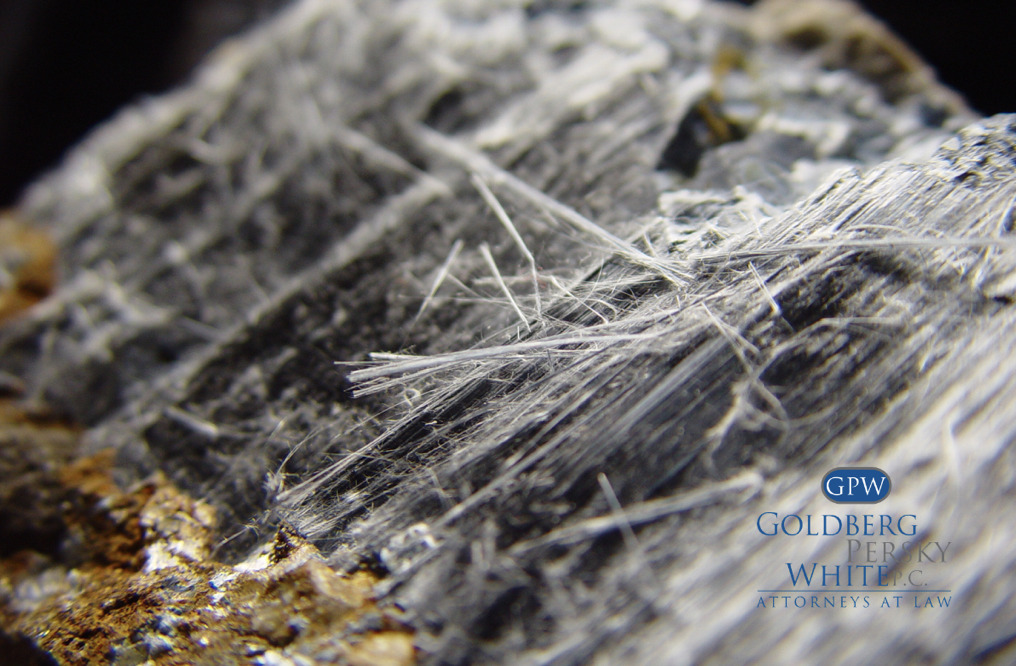What Are Some Alternatives to Asbestos?
Asbestos was an extremely common and popular material that was used throughout most of the twentieth century. It was, and still is, an abundant, naturally occurring substance that can be mined in mass quantities. Because of its abundancy, it is in-expensive, which allows for it to be used in a litany of products. Asbestos is also unique because even though its natural state when freshly mined resembles a rock, the rock can be easily separated, revealing tiny and very strong fibers. These fibers allowed asbestos to be used in thousands of products – from plastics, to adhesives, to insulation. Insulation was a popular asbestos use because of its heat and fire resistant properties. Asbestos was also used in paints, roofing, soundproofing, boilers, steam pipes, brake pads, and clutch pads. Strong, heat resistant, abundant, and cheap; it really was a miracle mineral if it wasn’t for the fact that asbestos is a carcinogen and is directly linked to mesothelioma, lung cancer, and asbestosis.
Once it became apparent that this material was a health hazard, companies began to look for alternatives to asbestos. Options for asbestos alternatives were slim in the 1980s when the Johns-Manville Corporation, known as the largest asbestos producer of its time, filed for Bankruptcy. While there were certainly other substances that could have been used 34 years ago, those products were not as cost effective, flame resistant, and were not as abundant as asbestos.
However, times have changed and with asbestos banned in many countries and heavily regulated throughout the United States, finding an alternative to asbestos became crucial. In today’s society, we have the following products that are considered safe alternatives to asbestos.
Polyurethane Foams
This type of insulation is very versatile and can be used in products from furniture, to doors, to adhesives. Flexible polyurethane foam is typically found in bedding, carpet underlay, furniture, and packaging, while rigid polyurethane foam, which is the energy efficient type, is used as insulation for windows, doors, and air barrier sealants. Those who are prone to allergies even have the option of using Icynene, a water-based spray that forms a tight seal on areas where dust and mold could get in.
Cellular glass
Cellular glass is produced by taking glass, breaking it, and then baking the glass powder. The resulting glass powder has floatation and insulation properties and will not burn. Cellular glass has been used for cold storage because it is able to retain cooler temperatures since it is moisture resistant. As it became more popular to install utility systems underground, insulation was needed that could resist groundwater and the overall dampness that came with being underground. Cellular glass became the obvious choice.
Cellulose Fiber
Cellulose Fiber is an insulation that is made out of naturally occurring materials and recycled content, so it is considered a “green” insulation. Made of finely shredded newsprint, this insulation has to be chemically treated with fire retardants before it can be used. It’s used in residential and commercial buildings and used in about 15% of “green” buildings in the United States. Energy costs have been greatly reduced because of cellulose fiber.
Flour Fillers
A natural material; typically pecan flour shell , wheat flour, rice flour and rice hull ash, flour fillers are used as “fillers” for cracks and crevices – adding insulation. Flour fillers are also considered “green” and do not pose a threat to the environment, or those who come into contact with it.
Thermoset Plastic Flour
This type of insulation is plastic flour that is mixed with wood flour, or another type of inexpensive substance, and binding agents. The insulation is largely used in the construction industry for heat, cold and sound insulations. It is inexpensive and strong; making it one of the most popular types of insulation.
Amorphous Silica Fabrics
Amorphous Silica Fabrics can withstand very high temperatures and because of this, is mainly used in shipyards, aerospace, and molten metal/electric power generation. These fabrics contain fiberglass – a fiber that is reinforced with glass – which is an insulation that can withstand heat up to 1,100 degrees. Amorphous Silica Fabrics are not typically used for residential purposes
Sources
The Mesothelioma Cancer Alliance at Mesothelioma.com, “Asbestos Alternatives,” (January 21, 2015). [Link]
Finwin Corp, “4 Asbestos Alternatives: Making the Right Choice,” Firwin (September 26, 2011). [Link]
American Chemistry Council, “Introduction to Polyurethanes: Polyurethane Applications.”[Link]
Allen Dickey & Steve Oslica, “Insulation Materials: Cellular Glass,” Insulation Outlook (February 2008). [Link]
Thomas J. Lueck, “Technology; Has Asbestos A Substitute?” The New York Times (September 2, 1982). [Link]



